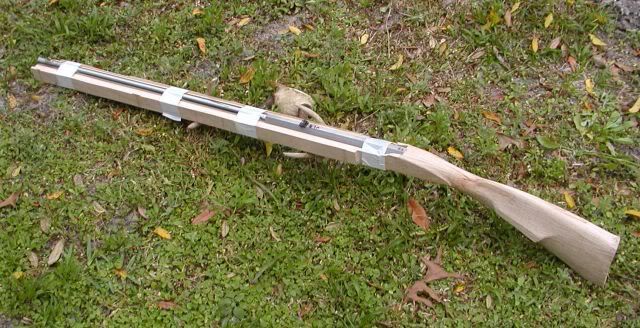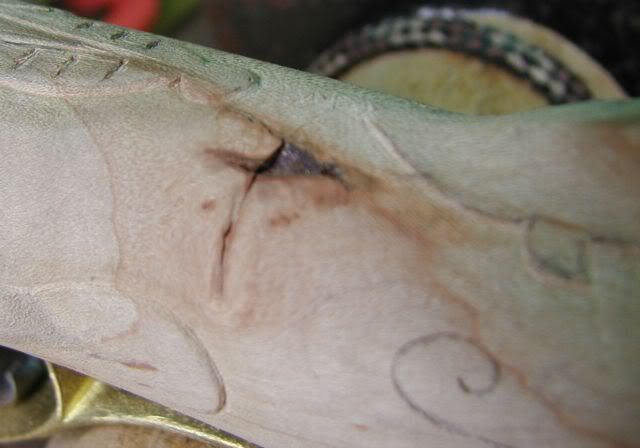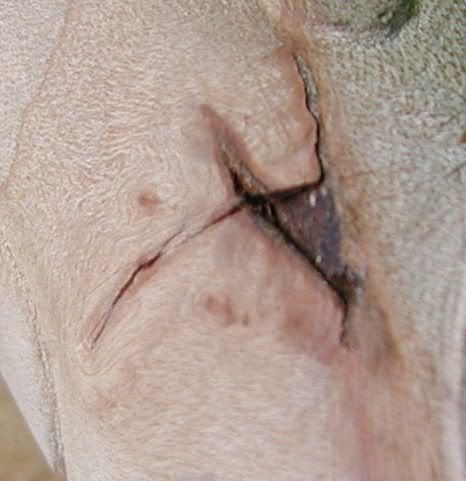Just posting this to ask for advice..I got this stock with knot in plain view and didn't mention it because it was in plain veiw and figured it would be alright or I wouldn't have gotten this stock.
My problem is today I noticed the point edge of the knot is rising up away from stock. I sanded it down, but feel sure it will rise again as it dries.
I don't think I've got enough wood to get it out, I'm already down to 1-3/8" with the wrist.
Anybody got any advice on what I should do. Thanks for all help.




My problem is today I noticed the point edge of the knot is rising up away from stock. I sanded it down, but feel sure it will rise again as it dries.
I don't think I've got enough wood to get it out, I'm already down to 1-3/8" with the wrist.
Anybody got any advice on what I should do. Thanks for all help.











